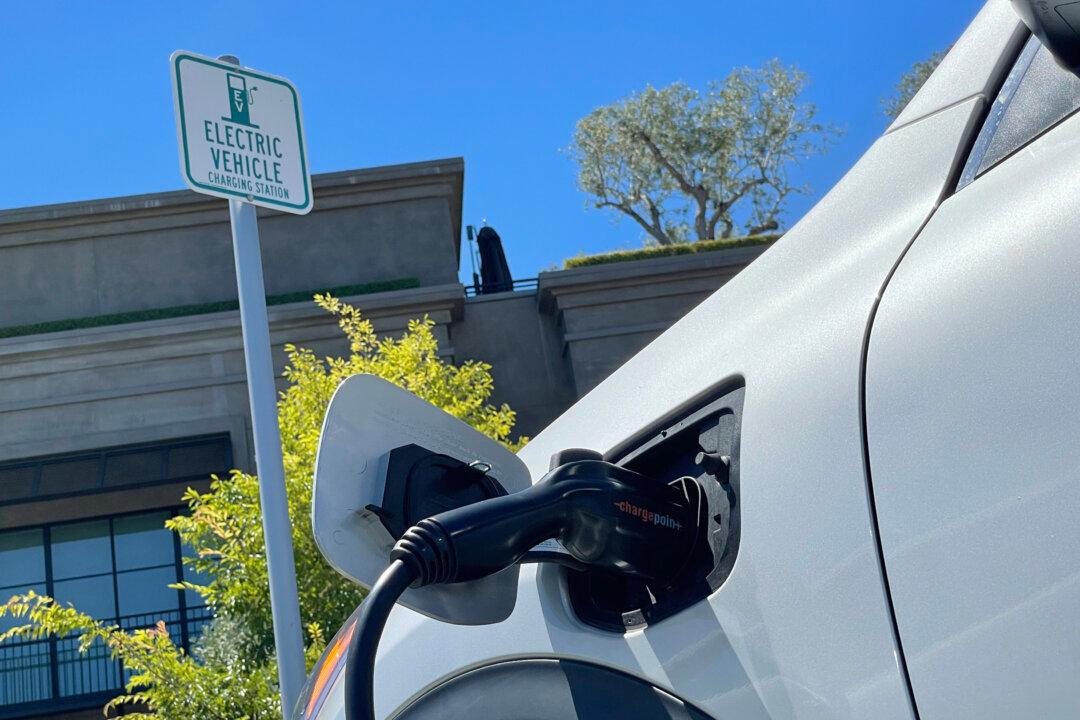Commentary
For years I’ve been writing columns saying California’s electric grid couldn’t handle all the electric cars soon to come online. Now it’s obvious because it’s happening in real time.

For years I’ve been writing columns saying California’s electric grid couldn’t handle all the electric cars soon to come online. Now it’s obvious because it’s happening in real time.